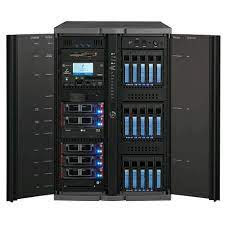Physical Forensics Lab | Best Physical Evidence In Forensic Science
The physical evidence section of a laboratory is the place where evidence is analyzed and processed.
Physical Evidence in Forensic Science — The physical evidence section of a laboratory is the place where evidence is analyzed and processed. A forensic scientist can use this lab to analyze fingerprints, DNA samples, or any other type of physical evidence collected from a crime scene. This can be used to identify suspects and solve crimes that have not been solved by traditional methods like eyewitness accounts or confessions.
Physical evidence is the most important and crucial evidence in the forensic science lab. It is the only form of evidence that can be observed by the human eye.
The field of physical forensics is a branch of forensic science that deals with analyzing tangible objects to determine their origin, identity, or significance. Physical evidence is any object or material which provides information about an event, crime, or suspect.
Forensic Science Lab: The physical forensics lab where all the work related to physical examination and analysis is done.
Physical evidence is the most important type of evidence in forensic science. It is often used to identify suspects, convict criminals, and exonerate innocent people.
The physical evidence in a case can be categorized into three types: direct evidence, circumstantial evidence, and corroborating evidence. Direct evidence is the most important type of physical evidence because it can be used to prove or disprove a hypothesis without having to rely on any other form of physical evidence.
Physical forensics labs are laboratories that are responsible for analyzing different types of physical pieces of evidence from crime scenes and preserving them for future use in court cases.




Comments
Post a Comment